Role of Type VI Secretion System during shrimp infection of Vibrio spp.-causing acute hepatopancreatic necrosis disease (AHPND)

This project will investigate the potential role of Type …

This project will investigate the potential role of Type …
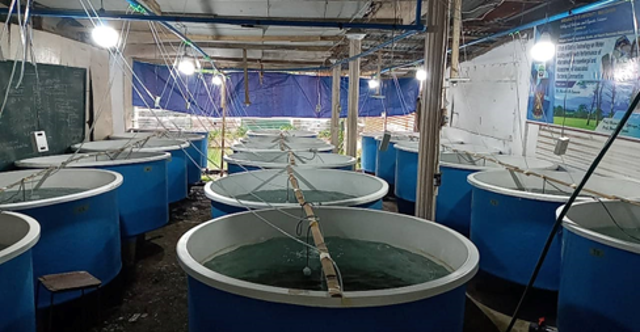
Biofloc technology has become a popular technology in the farming of …

This project aims to assist the shrimp industry by developing quality …
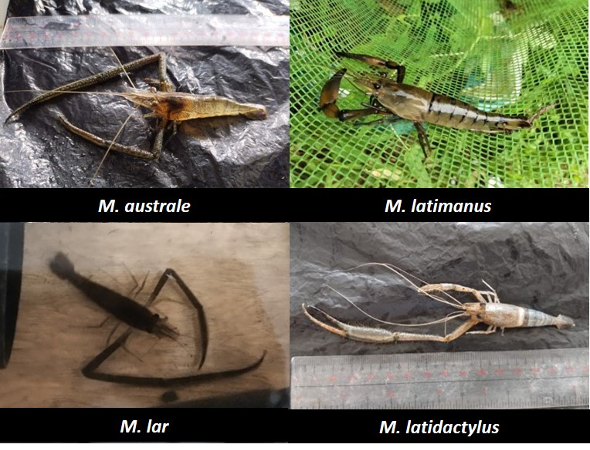
Among the recorded nine (9) naturally-occurring Macrobrachium species in Marinduque, there …

Due to various human interventions like overexploitation, environmental pollution and habitat …

This STCBF project intends to promote wider adoption of the recommended …
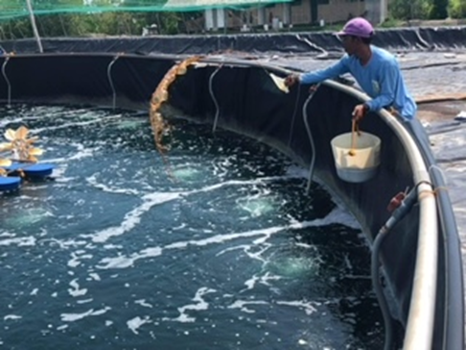
To address the decrease in shrimp production and adaptation to the fast-evolving …
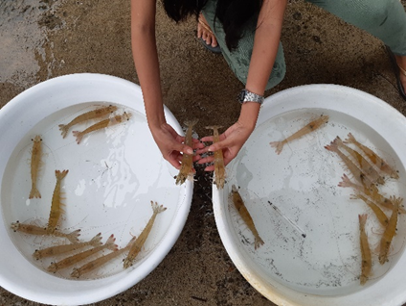
The success of any selective breeding program relies on the genetic diversity …
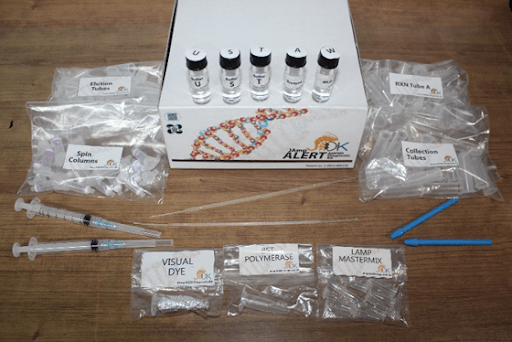
The University of Santo Tomas led by Dr. Mary Beth B. …

Shrimp aquaculture is considered globally as an economically important industry, providing …